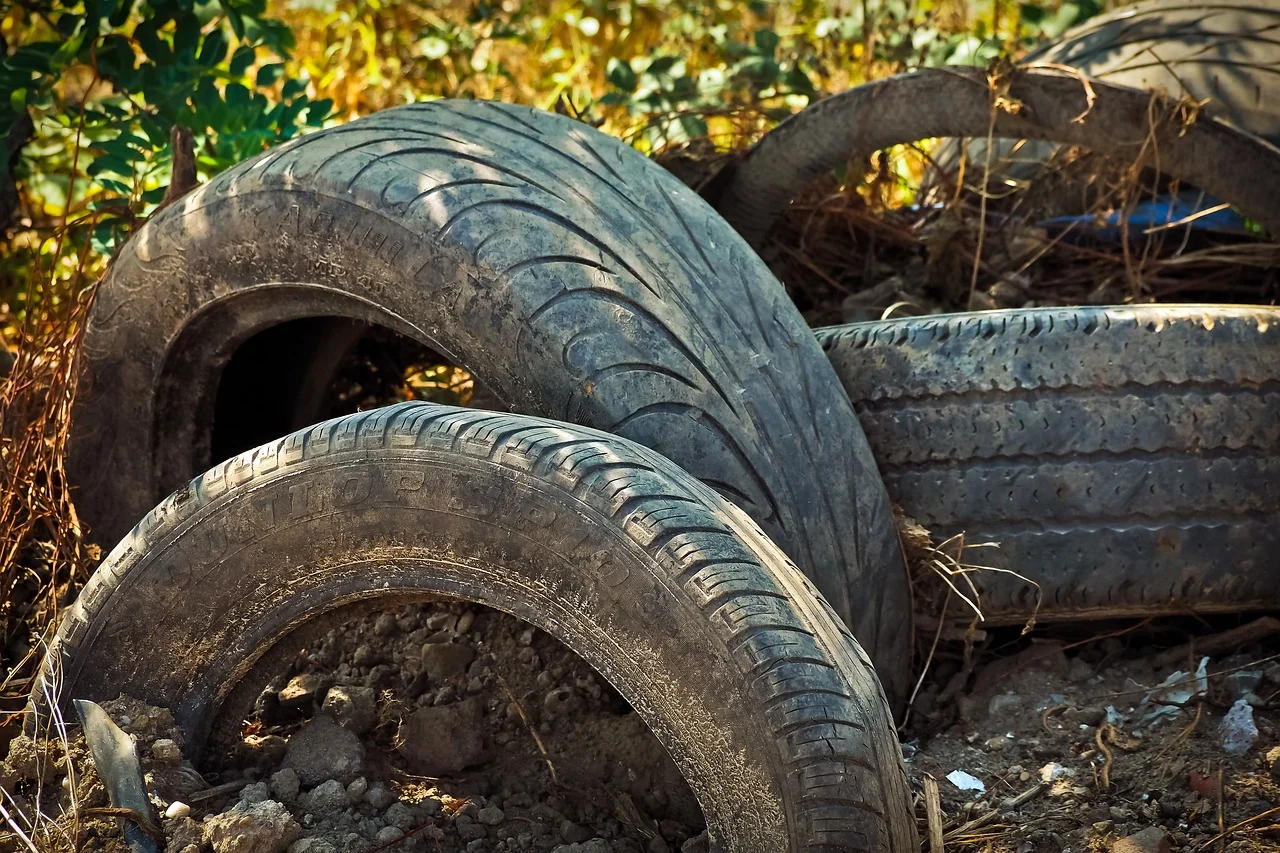Fuel economy is important for both drivers and carmakers because it has a direct effect on how much fuel costs and how much damage it does to the environment. Figuring out how tires affect gas mileage can help drivers choose the right tires and keep them in good shape, which will eventually lead to better gas mileage and lower emissions.
Design of Tires and Rolling Resistance
The force that a tire faces as it moves on the road is called rolling resistance. It is one of the most important things that determines how much energy a car needs to keep moving. When rolling resistance is high, more energy (and fuel) is needed to keep the speed up. There are several things that affect rolling resistance that have to do with tire design:
Pattern of Steps
The tread design on a tire changes how well it grips the road and how hard it rolls. Because they have more surface area in touch with the road, tires with aggressive tread patterns, like those made for off-road or winter use, usually have higher rolling resistance. On the other hand, tires with smoother tread designs that are made for driving on the highway or in the summer tend to have lower rolling resistance, which means they use less gas.
Composition of Tires
Rolling resistance is affected by the rubber mix and reinforcing materials that are used to make tires. Low rolling resistance tires were made possible by new tire technology. These tires use special rubber mixtures and high-tech materials to keep energy from being lost. The goal of these tires is to give you good grip while also reducing rolling resistance, which makes them more fuel-efficient.
Size and Weight of the Tires
It is usually true that bigger, heavier tires have more rolling resistance than smaller, lighter ones. When choosing tires, it’s important to follow the manufacturer’s advice on tire size and weight, since using tires that are too big or too light can hurt your gas mileage.
Tire Pressure
Keeping the right tire pressure is important for getting the most out of your gas. Because more of the tire is touching the road when it’s underinflated, there is more rolling resistance. This means that more energy is lost through friction. This leads to more fuel being used. If, on the other hand, your tires are too filled, they may lose their grip and wear unevenly, which can lower your gas mileage and make your car less safe.
Checking and keeping tire pressure regularly according to the manufacturer’s instructions can help you save a lot of gas. The owner’s manual or a sticker inside the driver’s door frame of most cars will tell you what the suggested tire pressure levels are. A easy but effective way to save gas is to use a reliable tire pressure gauge to check and adjust tire pressure.
Upkeep and alignment of tires
Maintaining and aligning your tires correctly is very important for getting the most out of your gas mileage. Tires that aren’t properly kept and wheels that aren’t lined up right can make rolling resistance and fuel use go up. Important care steps are:
Regularly turning the tires
Regularly rotating tires makes sure that they wear evenly, which helps keep the best rolling resistance and fuel economy. Tires that wear unevenly can have higher moving resistance and use more gas. Tires should be rotated every 5,000 to 8,000 miles, according to most car makers.
Aligning the Wheels
When wheels are properly aligned, the tires are at the right angle to the road and to each other. If your wheels aren’t lined up right, the tires may drag, which increases rolling resistance and makes your car use more gas. Having your alignment checked regularly, especially after driving on rough roads or hitting bumps, can help keep your car in the right position and save you money on gas.
Setting up Tires
When tires aren’t balanced, they can vibrate and wear unevenly, which raises the rolling resistance. To make sure the tires spin smoothly, the weight balance around the tire and wheel assembly needs to be changed. Regularly balancing your tires can help them keep their best rolling resistance and gas mileage.
What Your Driving Habits Do
Tire-related factors are important, but how you drive has a big effect on how much gas you use. Aggressive driving, like speeding up, braking hard, and accelerating quickly, uses more gas no matter what the state of the tires is. Instead, using fuel-efficient driving techniques like gradually speeding up, keeping the speed steady, and planning ahead for traffic can improve gas mileage and tire life.
In conclusion
Tires have a big effect on how much gas a car uses because they change rolling resistance, stability, and how well the car runs overall. Drivers can save money on gas and help the environment by knowing what affects rolling resistance, making sure their tires have the right amount of air, and doing regular maintenance on their tires. Adopting fuel-efficient driving habits also makes the benefits of having well-chosen and well-maintained tires even greater.


